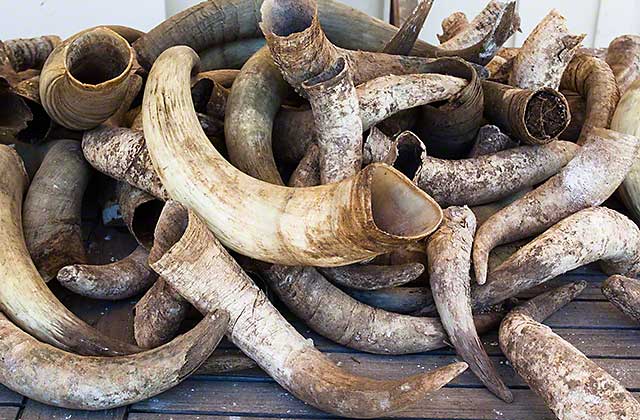Vineyard Voodoo or New Age Breakthrough? The Scoop on Biodynamic Wine
Madeline Blasberg is a Certified Wine Consultant who has spent time in Mendoza, Argentina, where she was surrounded by wine, both personally and professionally. Currently, Madeline works as the Official Wine Commentator & Reviewer for Etching Expressions a company specializing in personalized wine bottles. The Scoop on Biodynamic Wine By Madeline Blasberg Have you heard through … Read more

